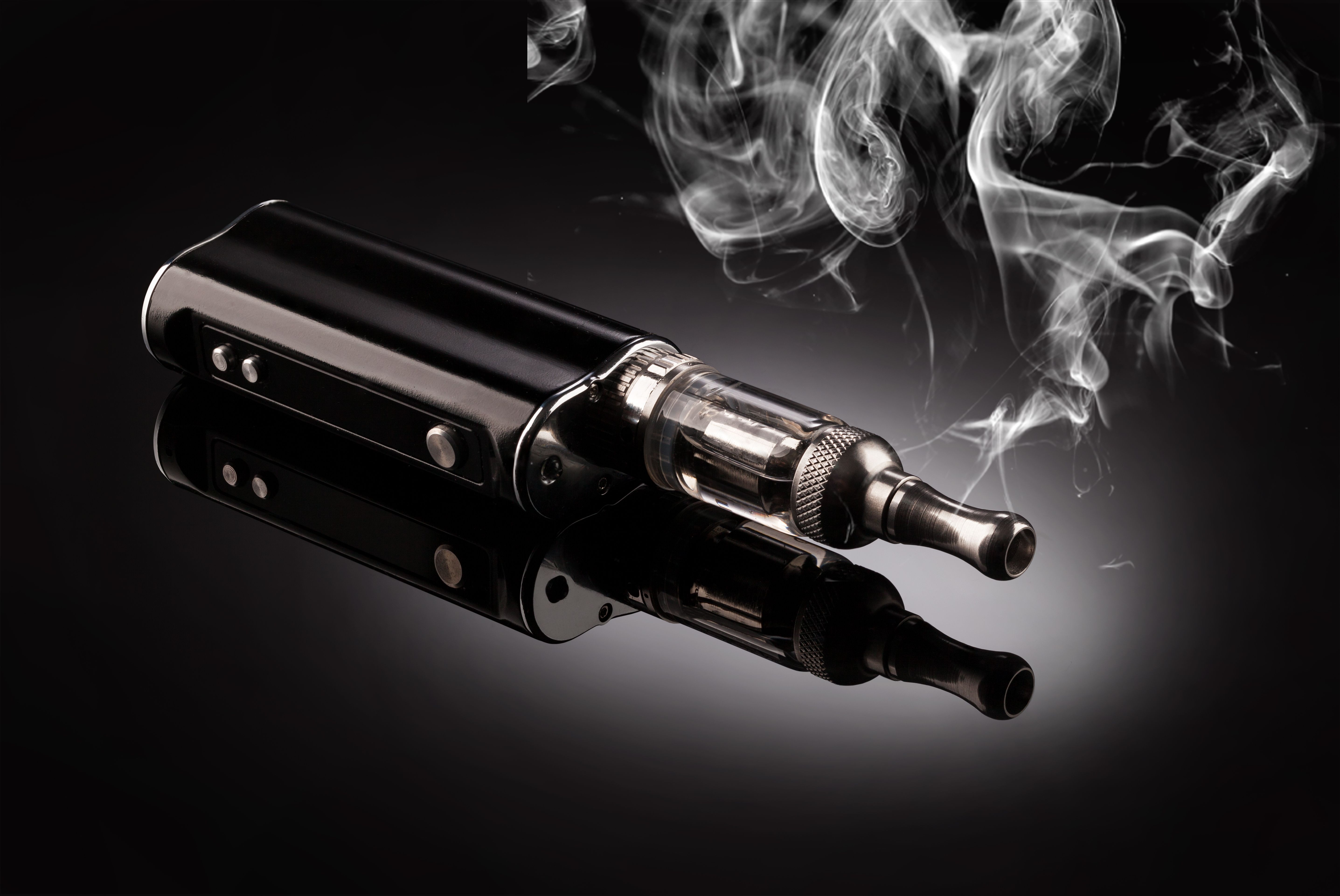GC–TOF-MS Identifies More Than 250 Volatile and Semi-Volatile Compounds in E-Cigarette Liquids
Among the compounds of concern found in the samples were nicotine-related alkaloids, psychoactive cannabinoids, and chemicals that promoted inflammation of the respiratory system.
A new study in the Journal of Chromatography A attempts to demystify some of the health advantages marketed by the electronic cigarette industry in comparison to the risks of conventional cigarettes, using gas chromatography coupled to a time-of-flight mass spectrometer (GC–TOF-MS) to build an electron ionization mass spectra (EI-MS) database of more than 250 chemicals classified as either volatile or semi-volatile compounds (1). Given that the chemicals were identified with varying levels of confidence, an additional layer of liquid chromatography–mass spectrometry (LC–MS) analysis was performed to confirm what was found.
big electronic cigarettes | Image Credit: © Gresei - stock.adobe.com

Authored by three researchers in the Department of Analytical Chemistry, Nutrition and Food Sciences at the Research Institute on Chemical and Biological Analysis, headquartered at the Universidade de Santiago de Compostela in Spain, this report aimed to improve upon prior gas chromatography–mass spectrometry (GC–MS) detection that is considered the popular standard for analysis of so-called “e-liquids” (1). The authors said that both LC–MS and nuclear magnetic resonance (NMR) spectroscopy have been proposed for the determination of whole families of compounds and the quantitation of major flavors, but that prior to their research, only approximately 140 volatile compounds had been identified.
Certain compounds produced by the combustion of tobacco in conventional cigarettes—tar and polycyclic aromatic hydrocarbons (PAHs) among them—are not present in the smoking of e-cigarettes, contributing to e-cigarettes’ reputation as a “safe” alternative (1). But the researchers list numerous factors and symptoms in this study that have indicated lung issues in consumers, from flavors that may cause oxidative stress to the reactions between carbonyls and alcohols that produce acetals, which are known respiratory irritants. These concerns also say nothing of addictive substances commonly found in electronic smoking devices, primarily nicotine and cannabinoids.
For this experiment, the research team sought a nontargeted approach, for the purposes of which they analyzed the e-liquids using two capillary columns with different polarities (1). The complementary LC–MS analysis was reserved for compounds that were identified at the highest of three levels of confidence, having satisfied three identification criteria. For these, the researchers used different combinations of chromatographic gradients and mass spectrometry (MS) instruments depending on whether they were seeking further information about cannabinoids or acetals of aldehydes. Study results showed that while concentration ratios between delta-9-tetrahydrocannabinol (Δ9-THC) and cannabidiol (CBD) in e-liquids fell into a relatively narrow range between 0.02% and 0.3%, the ratio of propylene glycol acetals to parent aldehydes ranged from 2%, for ethyl vanillin, to upwards of 80% for benzaldehyde.
While the findings of the study opened a pathway to the discovery of more volatile and semi-volatile compounds in electronic cigarettes than ever before, the authors recommended further research, for multiple reasons. They believe that more efforts should be undertaken to characterize the composition of vaporized fractions of chemicals, in part to identify the transformation or degradation processes these compounds undergo during e-smoking (1). But most of all, given the potential for damaging health effects in many of the compounds, determination of their percentages to which humans are exposed by consumption remains a crucial area of need.
Reference
(1) Cobo Golpe, M.; Ramil, M.; Rodríguez, I. Comprehensive characterization of volatile and semi-volatile compounds in e-liquids for electronic cigarette using gas chromatography accurate mass spectrometry. J. Chromatogr. A 2023, 1703, 464114. DOI: 10.1016/j.chroma.2023.464114
Study Examines Impact of Zwitterionic Liquid Structures on Volatile Carboxylic Acid Separation in GC
March 28th 2025Iowa State University researchers evaluated imidazolium-based ZILs with sulfonate and triflimide anions to understand the influence of ZILs’ chemical structures on polar analyte separation.
Advances in Non-Targeted Analysis for PFAS in Environmental Matrices
March 27th 2025David Megson from Manchester Metropolitan University in Manchester, UK, spoke to LCGC International about the latest developments in non-targeted analysis (NTA) of per- and polyfluoroalkyl substances (PFAS) in environmental matrices based on a recent systematic review paper he has collaboratively published (1).
Study Explores Thin-Film Extraction of Biogenic Amines via HPLC-MS/MS
March 27th 2025Scientists from Tabriz University and the University of Tabriz explored cellulose acetate-UiO-66-COOH as an affordable coating sorbent for thin film extraction of biogenic amines from cheese and alcohol-free beverages using HPLC-MS/MS.








